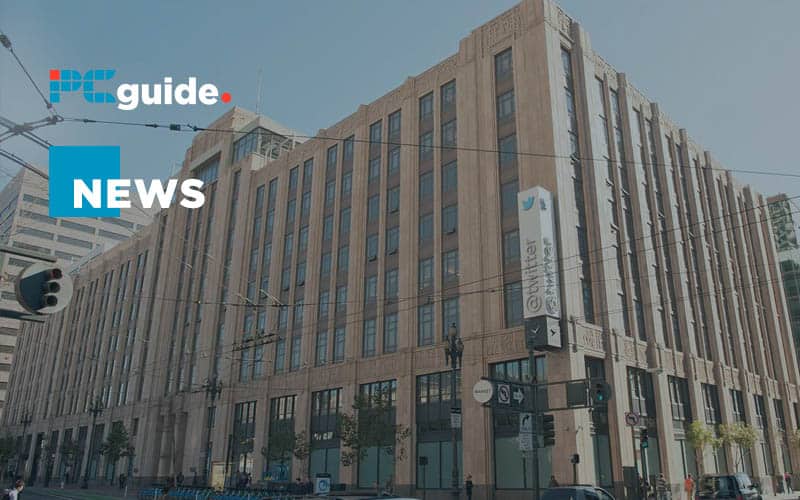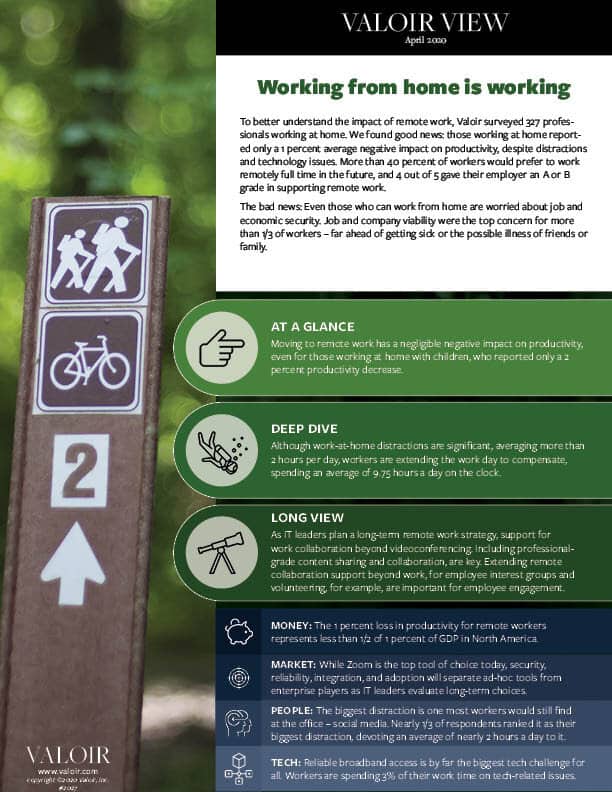Work for Twitter? You can now stay working from home ‘forever’ as the working world changes
The working world is changing for good and Twitter are at the forefront of it
- Last Updated May 13, 2020

This has been quite the five months. One day everybody was working in offices, spending hours commuting to and from work and the next, vast swathes of the global population found themselves working from home in front of previously unused webcams, dug out of the bottom of boxes of cables while frantically trying to download unsupported drivers that only previously worked up to Windows Vista.
Somehow, we have managed to pull it off. As businesses transitioned overnight to the scary prospect of not being able to keep a close eye on their workforce, assuming that everybody would just be watching daytime TV on the couch with a bottle of strong beer, we quickly proved them wrong.
Research and advisory firm Valoir has produced a report you can see here that shows only a 1% reduction in productivity across the board, with far-ranging benefits to the well-being of staff with Valoir concluding “Regardless of how long the current situation lasts, it will have a significant impact of what we consider a normal workday for the foreseeable future.”
With everything that has been going on, people getting sick, family members being ill and so on, a 1% decrease marks a huge success and this has now been underlined by a statement from Twitter this morning saying that they are going to allow their staff to work from home ‘forever’ should they want to.

A blog post yesterday from the social giant said:
“Twitter was one of the first companies to go to a work-from-home model in the face of Covid-19, but we don’t anticipate being one of the first to return to offices.
We were uniquely positioned to respond quickly and allow folks to work from home, given our emphasis on decentralization and supporting a distributed workforce capable of working from anywhere.
The past few months have proven we can make that work. So if our employees are in a role and situation that enables them to work from home and they want to continue to do so forever, we will make that happen. If not, our offices will be their warm and welcoming selves, with some additional precautions, when we feel it’s safe to return.”
- “Opening offices will be our decision. When and if our employees come back, will be theirs.
- “With very few exceptions, offices won’t open before September. When we do decide to open offices, it also won’t be a snap back to the way it was before. It will be careful, intentional, office by office and gradual.
- “There will also be no business travel before September, with very few exceptions, and no in-person company events for the rest of 2020. We will assess 2021 events later this year.”
While Twitter is a company in a fortunate position to be able to do this kind of thing, the signal it sends out to the rest of the world is clear – work has changed and we will never be fully happy about grinding the commute again.
Fewer people on public transport will also make things better for those who do not have a role that can be performed at home
Social contact with colleagues does have mental health benefits but the option now of potentially having the best of both worlds is one that companies will be looking at closely as companies look to take better care of staff wellness pos-pandemic, whenever that may be.
Workers will be less inclined to put themselves at risk of infection over the coming months and considerate bosses can pick up easy wins, like Twitter, and garner staff loyalty in the process.

Beyond Twitter many large companies are already privately communicating to their staff that they won’t be expecting regular office time for the rest of this calendar year. By that time work habits will have changed so much it isn’t easy to see a return to what was happening even as recently as March of this year.
Twitter is even going as far as to allow up to $1000 for employees to stock up on home office supplies so those ropy webcams can be consigned to the recycle bins once and for all.
As well as a potential positive impact on the environment from people staying at home to work rather than travelling downtown to overcrowded business centers, there is also the potential going forward for companies to save money by downgrading the size of office space they need.
After all if 5,000 of your employees are rarely heading to the one place, there might not be much point in keeping that large space on. This could cause issues for city center real estate, who have, for the past three decades continued to pile more and more office towers onto the landscape.
It might well be that one of the hidden issues created by the arrival of COVID-19 turns out not to be health-related at all, but one that completely changes the way our downtown areas and beyond operate.
It’s hard to comprehend what would have happened if the SARS-CoV-2 virus had appeared even 13 years ago and announced itself to a world that did not have the technology to simply transition to back bedrooms and hurriedly put together home offices. It seems less likely that a few people with iPhone 1s would have been able to pull off this cultural change in society with quite so much panache.
What will be interesting on perhaps a more psychological level in the coming years will be how the population splits between those that can work from home and those that can’t. Up until now there has been a general understanding that everybody has to go to work, but this has changed things. Will that make jobs where you can work from home much more desirable? Probably. Will that mean the competition for them will be fiercer? Realistically yes.
Who would have thought that us having old Logitech webcams at home gathering dust would have ever lead to such social conundrums?
